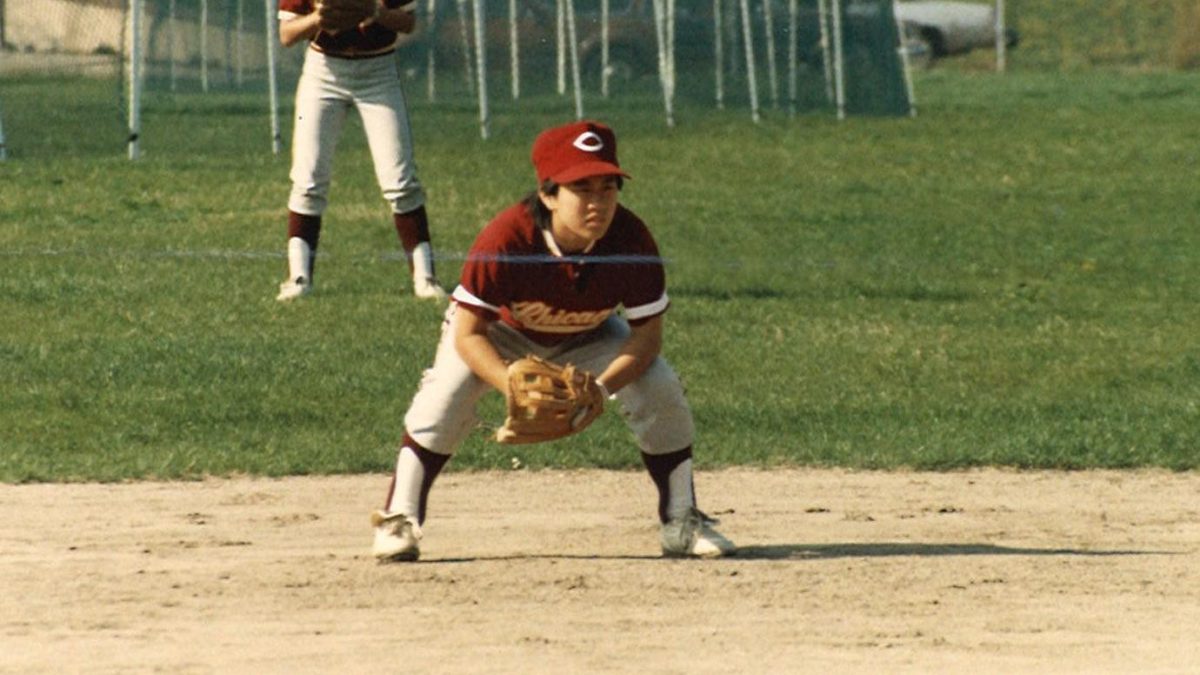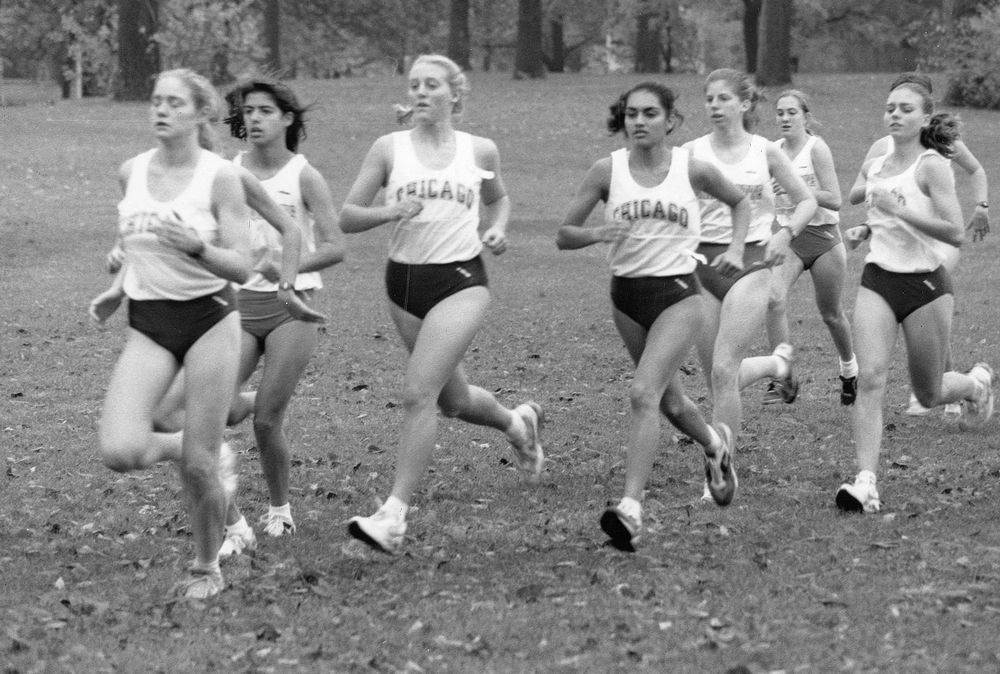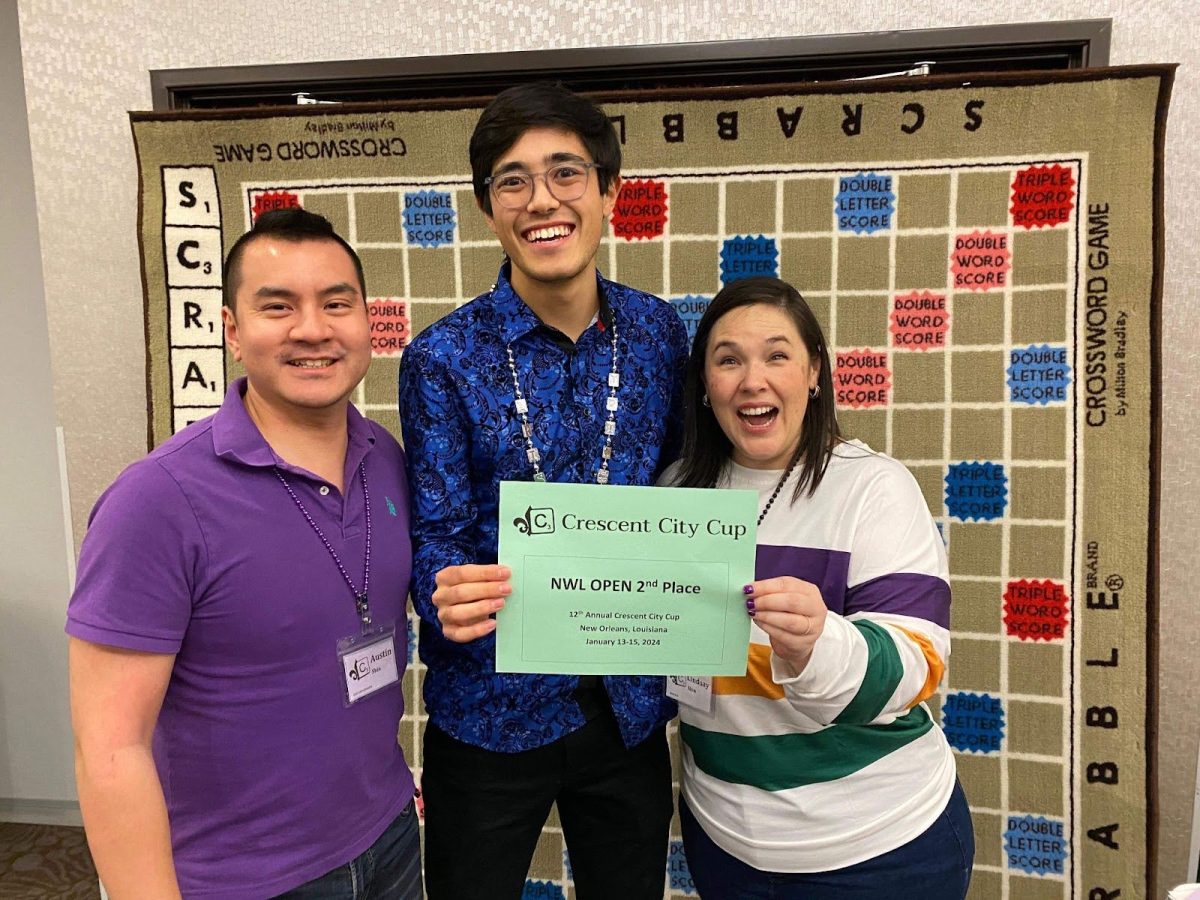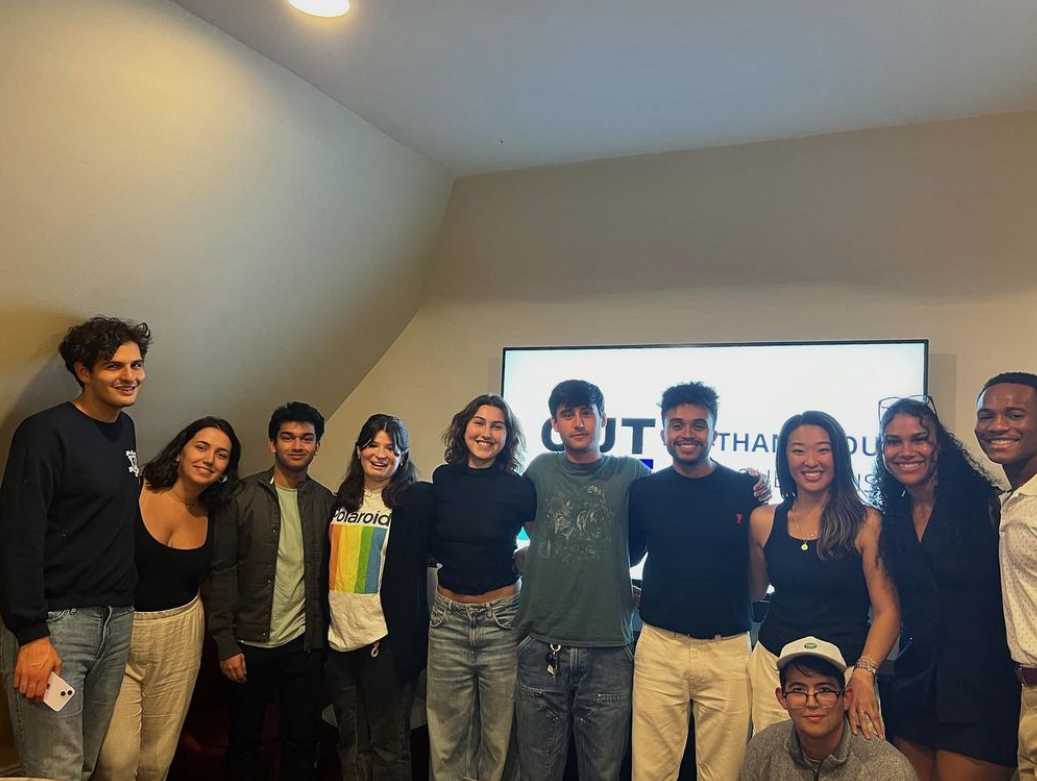This past weekend I headed downtown with six other Hyde Parkers to partake in the monthly Chicago tradition of Critical Mass. The final Friday of each month, at 5:30 p.m., thousands of Chicagoans congregate at Daley Bicentennial Plaza in the Loop to celebrate bike riding by taking to the streets en masse. The ride isn’t especially fast, so any level of cyclist can enjoy Critical Mass, and it’s also a great way to see the city. This particular ride was too long to describe in detail in its entirety, so I am going to focus on the sites we covered at the beginning of our trek, along the lakefront and downtown.
Our group starts heading east on 55th Street, and takes the tunnel at the end to the Lakefront Trail. It is a chilly afternoon, but thankfully there is little wind and rain, a cyclist’s worst enemies. Riding north on the Lakefront Trail is a course most anyone who has ridden a bike in Chicago has taken. My favorite segment, likely shared by many, is where the path bows east at 35th Street, giving northbound riders a clear view of the lakefront skyline.
We enter Burnham Park, which stretches north along the lake to the monstrous black steel and glass structure of McCormick Place. The open lakefront land commemorates Daniel Burnham, the architect and urban planner responsible for designing both the World’s Columbian Exposition of 1893 and Chicago’s downtown in 1909. Burnham’s city plan focused on making the beautiful land bordering the Chicago River and lakefront accessible to the public.
An historical point on the trail that many often miss is the plaque at the 31st Street Beach commemorating the drowning of a young African-American man, who was struck by a rock hurled at him as he swam at the “whites-only” segregated beach in 1919. The event triggered the infamous Chicago Race Riot that lasted three days on the South Side in the summer of 1919, resulting in dozens of deaths and hundreds of injuries. The plaque is a reminder of the dark history of a beautiful Chicago beach.
As our group continues north, the path winds through the Museum Campus, passing Soldier Field, home of the Chicago Bears; the Field Museum of Natural History; and the Shedd Aquarium. A peninsula stretches east into the lake from the Museum Campus. This is Northerly Island, an old airfield that has been converted into a 91-acre prairie park. As the trail bends around Shedd, riders are given an up-close view of the skyline as it looms over Grant Park and Chicago Harbor.
The Lakefront Trail then enters Grant Park and pulls next to Lake Shore Drive, with the Buckingham Fountain, one of the largest fountains in the world, passing by on the left. My group turns west off the path at Monroe Street to Michigan Avenue. After a right on Michigan and then a quick left onto a brand new bike lane on Madison Street, we head west to Dearborn Street through the heart of downtown. Many downtown streets unfortunately do not have bike lanes and traffic can be heavy, so we ride with caution. There is never any shame in hopping on the sidewalk and walking your bike a couple blocks if need be.
Some quick facts about downtown streets: Chicago’s grid system of assigning addresses is based on the intersection of Madison Street and State Street being the center of coordinates in the city (0 North 0 West). Also, you will notice that a number of east-west streets downtown are named after U.S. presidents, starting with Washington as the farthest north and ending with Roosevelt as the farthest south.
Two blocks north, as we ride from Dearborn Street to Washington Street, we reach our destination at Daley Plaza. The plaza is named for late Chicago mayor Richard J. Daley and is the meeting place for Critical Mass cyclists. Daley Plaza is famous for its large, black steel statue, designed by Pablo Picasso. The piece is untitled but is often referred to as “Chicago Picasso.” Donated by the late Spanish artist in 1967, it is often said to resemble a bird, but no one knows its true inspiration. Directly west of the Plaza is Chicago City Hall, complete with roman pillars and a garden roof.
Riders begin piling onto Dearborn around 6 p.m., and after a few loops around the Plaza the Mass ride a block west to LaSalle Street and head south. LaSalle dead-ends at Jackson Boulevard at the base of the Chicago Board of Trade. While surpassed in height by more modern skyscrapers, the Board of Trade’s art deco from 1930 remains commanding. We swing left onto Jackson and then north two blocks later onto State Street, one of Chicago’s most famous thoroughfares, passing Garrett’s Gourmet Popcorn on the corner. If you ever have time to try this Chicago staple, I recommend a tin of the “Chicago Mix”: Half-caramel and half-cheese.
At the corner of State and Randolph Street, we pass the Marshall Field’s Building, Chicago’s largest and oldest department store, which was acquired by Macy’s in 2005. The building is famous for the large bronze clocks that stretch over street corners and have, over the years, been weathered to a green tint. Farther north we pass through Chicago’s theater district, highlighted by the bright lights of the marquee of Chicago Theater, at State Street and Couch Place. Though most eateries in Chicago’s Loop are chains or fine dining, for those looking for a foodie destination, I recommend Gold Coast Dogs. Located a block east of State Street at Randolph and Wabash, they serve a mean Chicago char dog.
Continuing on State, we cross over the Chicago River and head west on Kinzie Street. The rest of the ride winds through North Side neighborhoods that I hope to touch on in more detail in future pieces. For riders looking to head back to Hyde Park from here, I recommend taking the stairs down to the Chicago Riverwalk at State Street and Wacker Drive. The Riverwalk has a bike path that can be taken east to the lake, to merge with the Lakefront Trail and head south to Hyde Park. This will make for a solid 21-mile route. Until next time, enjoy the action of Chicago’s downtown and the beauty of the lakefront.
Care to join me or have ideas for future routes? Email jtsullivan@uchicago.edu.









